Inventing Anna and the LEI System
Inventing Anna is currently one of the most trending TV series on Netflix. What can it teach us about #digitalidentity #customeronboarding and the efficacy of the #LEI?
The show highlights how the LEI system can prevent fraud, and assist financial institutions with their efforts against money-laundering and enhance customer onboarding and due dilligence through the use of the Legal Entity Identifier.
*spoiler alert*

India Extends LEI guidelines to large borrowers of NBFCs & Banks
The Reserve Bank of India has set a 3 year timetable for non-individual (corporate) borrowers with an exposure of over Rs 5 crore+ to obtain an LEI (Legal Entity Identifier).
The LEI is a 20 digit identifier code that helps bring more transparency and trust to transaction, clearly identifying who is whom in any given financial transaction. It is currently mandated by over 116+ laws globally and this is set to expand with India leading the way.
The Reserve Bank of India (RBI) extends LEI guidelines to large borrowers of NBFCs and Primary (Urban) Co-operative Banks. Borrowers who fail to obtain a Legal Entity Identifier (LEI) from authorized LEI Issuers shall not be sanctioned any new exposure nor shall they be granted renewal/enhancement of any existing exposure.
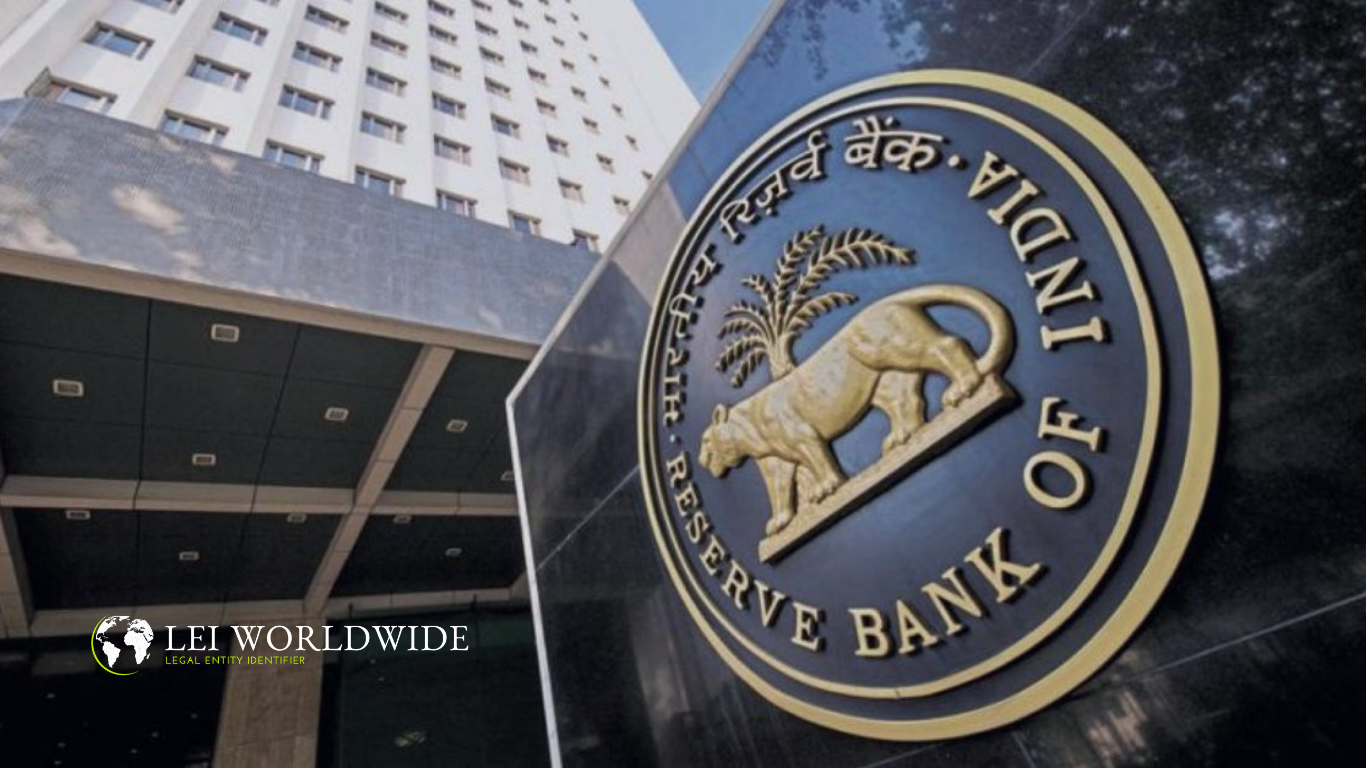
Updated reporting requirements for Funds and investment Fund structures
On the 1st, March 2022 the LEI ROC (Regulatory Oversight Committee) issued new CDF (Common Data Files) Formats. LEI Worldwide have implemented the changes in its RAMP LEI management platform.
LEI Fund structure reporting: Complex Fund structures will now be able report their structure in a more transparent manner.

Fintech Factor Winners 2022
LEI Worldwide joined the ranks of past winners of the esteemed FinTech Factor competition hosted by Irish Funds on 25th March 2022.
LEI Worldwide is a fully digital, cloud based FinTech specialising in the procurement and management of Legal Entity Identifiers.
The presentation delivered by the Group CEO of LEI Worldwide, Darragh Hayes, explained the relevance and necessity of the LEI, drawing upon real life examples illustrating how it could have been used to prevent the infamous and trending TV show ‘Inventing Anna’.

The LEI, KYC & CBDCs
With the rapid digitisation of the global economy new innovations are surfacing which unlock pain points and replace outdated processes. Sometimes these innovations fit together perfectly, in this case we will look at the applicability of the LEI acting as the KYC layer to Central Bank Digital Currencies.
CBDCs using the LEI as a KYC layer harness the benefits of cryptocurrencies, blockchain and distributed ledger technology, while mitigating the downsides they present to a normal, healthy functional banking system.
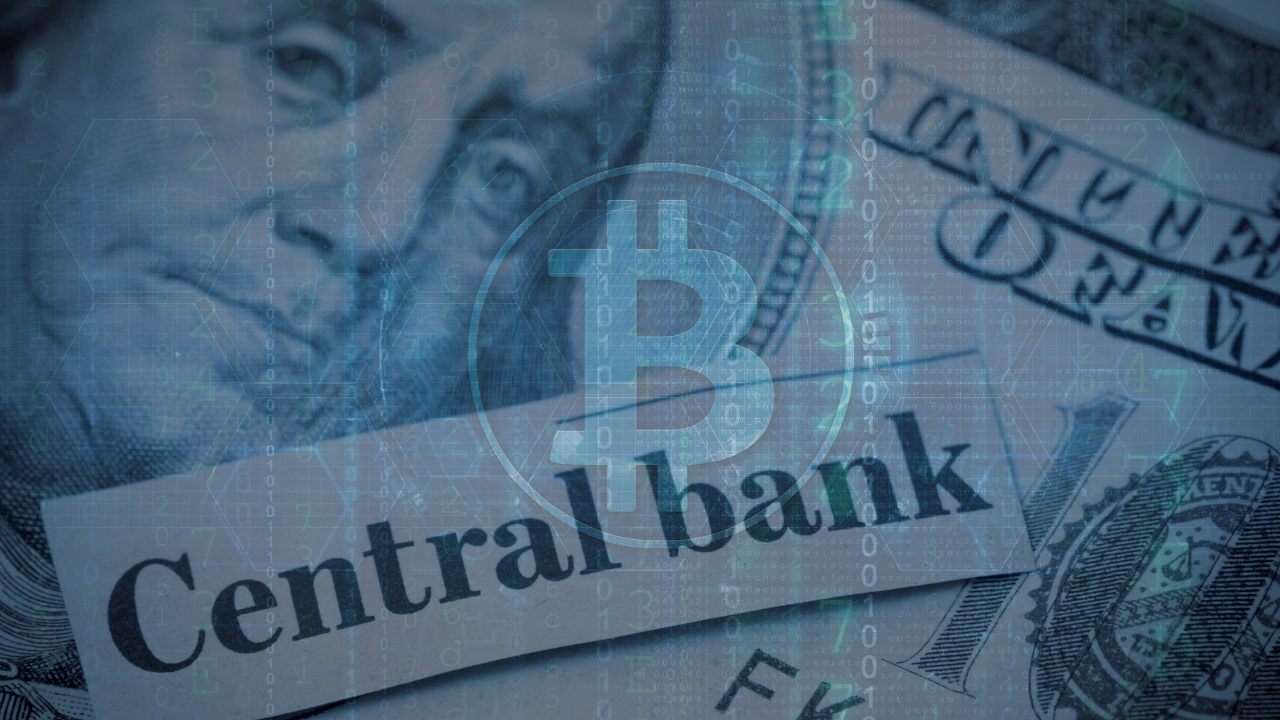
Darragh Hayes, CEO interview with The Asian Banker
Darragh Hayes, CEO of LEI Worldwide - Legal Entity Identifier, discusses how the Legal Entity Identifiers (LEI) help both regulators and clients in verifying the identity of the company and the officials involved in financial transaction.
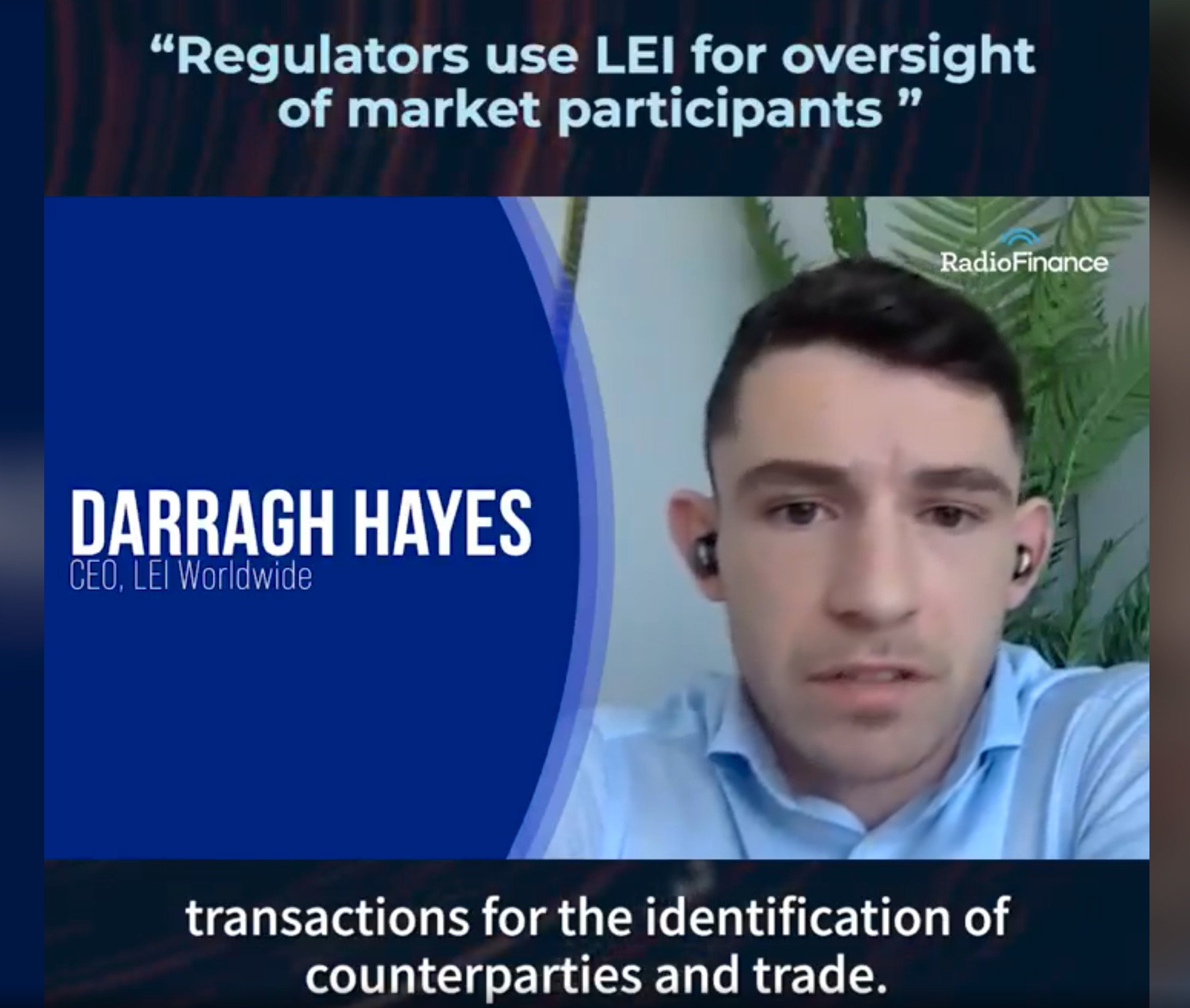
How LEI and the Shipping Industry
The Bank of International Settlements (BIS) compare the standardization power of the LEI to that of the standardization of the shipping container and the economic advantages that came with it.
The paper written by Francis Gross alludes to the fact that making basic micro-data freely available on participants in a marketplace would have huge benefits to the wider economy, but must be i) globally standardised, ii) real time and iii) must be granular. These are the three key characteristics which make up the global LEI system.
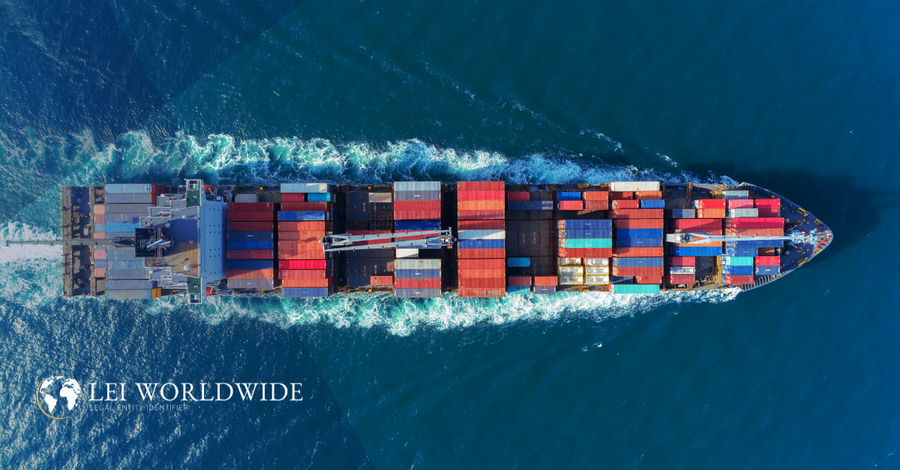
EU Commission propose new AML/CFT Regulations featuring the LEI System
The European Commission have announced a long-awaited AML Package and new regulatory body to govern its implementation and compliance. The Legal Entity Identifier is chosen as a trusted means to identify counterparties to transactions.
The European Commission have announced the long-awaited AML Package and new regulatory body to govern its implementation and compliance.
The package put forth aims to put in place a new watchdog called the EU AML Authority (AMLA) and draft a new single EU Rulebook for AML/CFT obligations.
A new EU regulatory watchdog has been proposed in order to ensure the private sector correctly and consistently applies EU AML rules.
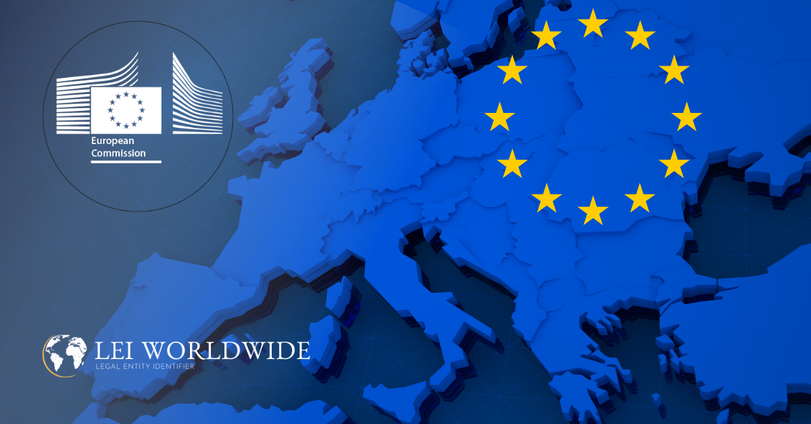
RBI Guidelines
LEI RBI Guidelines
The LEI has been required in India since 2017 in order to increase market transparency and identify fraud in the financial transactions. All financial borrowers and lenders in India have been mandated to obtain an LEI. According to the RBI (Reserve Bank of India) the LEI has been introduced in a phased approach for market participants in the over the counter (OTC) derivative and non-derivative markets as also for large corporate borrowers.
The LEI in India has also been introduced for all payments/transactions of value ₹50 crore and above undertaken by organisations/corporates using Reserve Bank-run Centralised Payment Systems viz. Real Time Gross Settlement (RTGS) and National Electronic Funds Transfer (NEFT).

The role to be played by Digital identity and the Legal Entity Identifier in the future of global business
Global B2B Identification: Why the LEI is key
We live in an increasingly digital age, digital processes and transactions effect, influence and monitor us on a daily basis. We use digital devices to communicate, transact, authenticate, visualise and record with devices located globally via the Internet.
All of this occurs with limited thought or consideration, except perhaps the authentication of our identity. Our social standing and the media we create can provide an online identity for us but this has proven or be vulnerable to misrepresentation or straight up fraud.
A proven identity is definitely something we value as we know the implications of having an identity that is considered to be proven. In order to obtain a National ID or passport, one must pass certain validity checks and when a passport is presented we can be confident this person is who they say they are.

The Validation Agent (VA) Framework
The GLEIF Validation Agent framework is a new initiative intended to replace duplicated workflows experienced by banks and customers who are being onboarded, and applying for LEIs simutaneously. Any Financial Insittution that conducts KYC onboarding, can apply to become a Validation Agent e.g a bank. The benefit of this is that the bank can apply for an LEI on behalf of the customer, at the point of onboarding, using the KYC verification documents uploaded while being onboarded to apply for the LEI, thus streamlining and replacting outdated, duplicated workflows.

What is an LOU?
The Global LEI System (GLEIS) is composed of a number of Local Operating Units and LEI Registration Agents from which you can obtain an LEI. How to choose one that suits your needs.
The LEI System was created by the G20 Nations after the last Global Financial Crisis in 2008. The Financial Stability Board (FSB) appointed the Global Legal Entity Identifier Foundation (GLEIF) to oversee the implementation of a new identifier system to prove a single, standardised ISO (17442) identifier to all global market participants. To date there have been over 1 million LEIs issued globally and it has been driven primarily by regulation in order to create more transparency and security in global markets.
The GLEIF appointed 30 LOUs located around the world to allocate LEIs and invented the concept of a Registration Agent to streamline the assignment of LEIs to companies globally.
The process of obtaining an LEI number has never been more complicated, but has been simplified with the introduction of LEI Worldwide. With a lot of options, you may be wondering which LOU you should register your number with?
